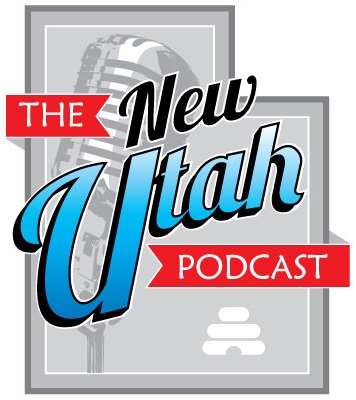Although Gary Gilmore might not be considered a “serial killer” or even a prolific criminal, it is everything that happened after his killings in Orem and Provo, Utah that would cement his story in criminal history.
Gary was not born and raised in Utah, but his final days would be spent in the Utah State prison in the late 70’s. Born December 4th 1940 in Waco, Texas Gary’s life was already set on an unfortunate path. We wonder if he even had a chance as he started his life out with an alias right out the gate. The thing with these criminals is they are super smart and start their criminal history at a young age. Gary was already in a reform school at the age of 14 because of an auto theft. Fast forward another 6 years and he is in Oregon to at a correctional facility for larceny.
During these incarcerations we are wondered, was it just the time in our history that mental health help wasn’t offered to convicts? After being in and out of jail for the next 10 years from 1962 to 1972 for a number of crimes, this is where Gary was put on an anti-psychotic drug, Prolixin, and was finally transferred east to Illinois. Enter his time in Utah.
In 1976 he was transferred into the custody of his cousin, Brenda *who would be the person to turn in him*, which we can only speculate as an adult was because he was on anti-psychosis drugs? It wasn’t 4 months later that Gary went on his murder spree in Provo and Orem, Utah. It was a swift 4 months between his crimes and his conviction. Almost unheard of.
Time Magazine did a write up in 2015 about Gary’s execution. Gary said he wanted to die with dignity. You may be familiar with the Nike saying “just do it” this was a play off of some of the final words from Gilmore.

Aysel Muradh
Gary’s murders and execution by the state of Utah in 1977 ended a nationwide moratorium on the death penalty that had lasted nearly 10 years. What else we found to be slightly frustrating is that Gary didn’t even fight his execution. He actually asked for it to happen swiftly. He even tried to commit suicide, but to no avail. Gary’s crimes, to conviction, to execution may be one of the swiftest cases in modern history. There have been songs such as 1977 The Adverts top 20 UK hit, “Gary Gilmore’s Eyes.” There were also books, and TV movies made about Gary. Murderpedia is one of our favorite resources to find this information. If you want to read more, Clark County Prosecutor.org has a great timeline on their website as well.
Stay tuned for our next Infamous Utah Criminal segment at the end of each month!
We will ALWAYS love your “likes” BUT don’t forget to click that little SHARE button (or retweet) *sharing IS indeed caring* You can find us and subscribe on Soundcloud, Spotify, Stitcher, or Itunes, and Google Play and TuneIN. Leave us a review and Follow us on the Twitter @tnupodcast, Instagram @Tnupodcast, or on Facebook The New Utah Podcast
Music By: Folk Hogan. Bootleggers Dance.




